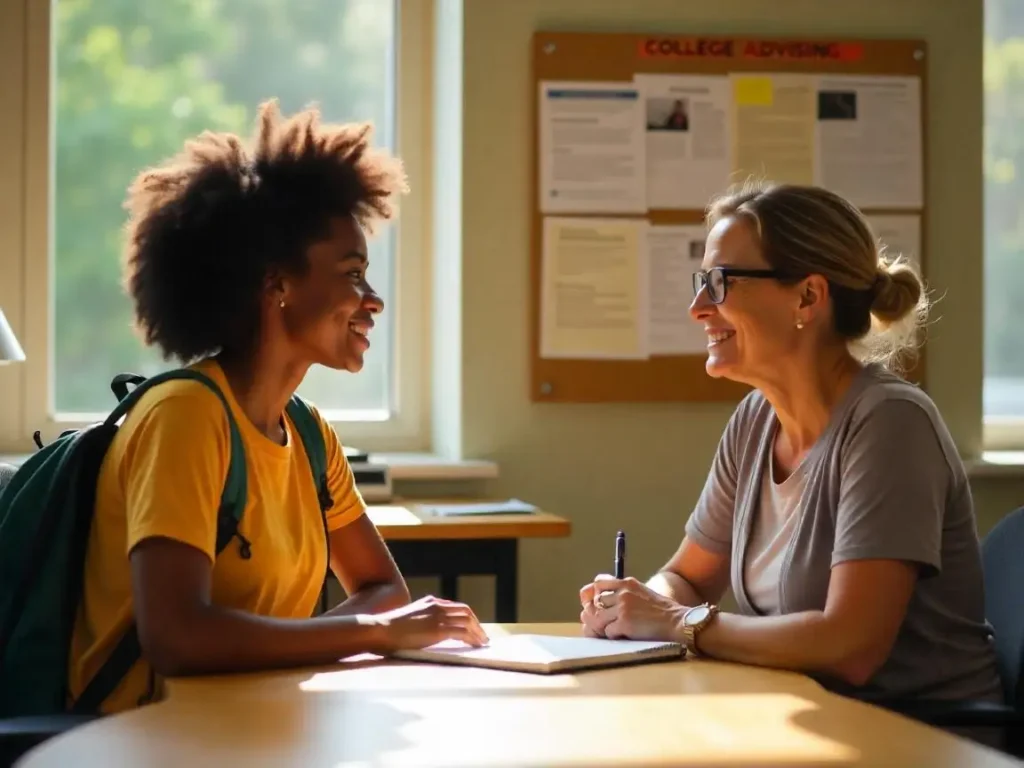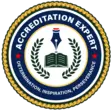
Introduction: higher education student trust
Higher education is in a moment of reckoning. The long-held promise of a college degree, as a path to opportunity, stability, and personal growth, is now under greater scrutiny than ever before. Rising tuition, public skepticism, and steep enrollment declines have pushed many institutions into unfamiliar territory. More families are asking, “Is college still worth it?”
The answer isn’t a blanket yes or no. It depends on whether institutions are willing to change. The colleges that will thrive in this new era are those that take a hard look at what students actually need and then adjust accordingly. The solution isn’t sweeping reform or trend-chasing. It’s steady, practical innovation rooted in relationships, relevance, and a long-term vision of value.
In this article, we explore how colleges can regain trust, strengthen outcomes, and deliver meaningful value, not just for four years, but for a lifetime.
The Innovation Disconnect

Change on campus doesn’t usually begin with a policy, it begins with a person. Often, it’s a single faculty member who dares to try something different: a new way of teaching, advising, or engaging students. That ripple of innovation can quietly spread across departments, reshaping culture over time.
What’s important to recognize is that meaningful transformation doesn’t require consensus from every department or division. Sometimes, it just takes one or two committed individuals to model what’s possible and inspire others to do the same.
The institutions that embrace this reality, by supporting pilot efforts, encouraging experimentation, and giving visibility to what works, often find themselves ahead of the curve. Innovation spreads best when it’s shared, not mandated.
Yet in many colleges, innovation still lives in the margins. It’s treated as something separate from “normal operations,” when in fact, it should be part of how an institution evolves and stays relevant. To rebuild trust, innovation needs to be woven into the fabric of teaching, advising, and campus life.
To support these efforts, many institutions partner with firms that offer strategic enrollment planning and compliance consulting customized to their specific goals.
Real Data, Real Learning Outcomes
Hoping students are learning what they need is no longer enough. Institutions must be able to demonstrate this, with evidence drawn from actual student experiences.

At one institution, a group of faculty and administrators set aside a day to meet with graduating seniors. In a relaxed setting, they asked a simple but powerful question: What do you feel confident you’ve learned here, and what still feels unclear? The responses were direct, honest, and sometimes surprising.
Faculty used that feedback to immediately adjust their approach to upcoming courses. The changes were small, but the impact was significant: students reported stronger engagement, and instructors felt more confident that their teaching was effective.
These kinds of feedback loops, structured but informal, should be standard practice, not occasional experiments. Course-level analytics, mid-term check-ins, and one-on-one interviews provide insights that standard evaluations often overlook. They give institutions real-time visibility into what students know and where the gaps are.
Colleges that prioritize this kind of inquiry are better positioned to deliver results. They’re also better prepared to respond to growing pressure from students and employers to demonstrate meaningful outcomes.
Institutions accredited by nationally recognized accrediting agencies are increasingly expected to support learning claims with data, rather than just assumptions or tradition.
Redefining Lifelong Value
Many institutions still frame their value in terms of a four-year degree. But in today’s economy, that’s a narrow promise. Lifelong learning and relevance are what today’s students and parents are truly seeking.

That starts with embedding career-connected learning throughout the academic experience. Students shouldn’t have to wait until senior year to explore how their education applies to real problems. Whether it’s through capstone projects, internships, simulations, or client-based work, students should graduate not only with knowledge but with the confidence to apply it.
When graduates can adapt, contribute, and pivot across industries, they not only reflect well on the institution but also extend its value into every room they enter.
The institutions that win back trust will be the ones that can clearly articulate and deliver this long-term benefit:“Here’s what you’ll gain, not just over four years, but for the rest of your life.”
For schools looking to realign their academic model, accreditation readiness and institutional improvement services can help navigate complex quality standards.
Engaging Alumni as Active Institutional Assets
The connection between students and their college shouldn’t end at commencement. If anything, that’s when the long-term relationship should begin.

Too often, alumni associations are reduced to fundraising campaigns. But that’s a missed opportunity. Alumni are one of the most powerful and underused resources in higher education. They can mentor students, assist with recruitment, offer career insights, and open professional doors.
When institutions reframe lifelong learning as lifelong engagement, they tap into a renewable source of value. That shift begins with infrastructure, creating avenues for alumni and students to interact, and grows into a culture where graduates feel like part of the mission.
Some institutions are taking this further by engaging alumni in regional career networks, virtual mentorship platforms, or admissions events. These efforts don’t just serve students; they also re-energize alumni who want to give back in meaningful ways.
“It’s better for everyone when you have alumni involved, especially in the recruiting and admissions process.”
For institutions seeking approval to expand or offer new programs, agencies like Florida’s Commission for Independent Education outline specific licensing and quality assurance requirements.
Transforming Advising and Campus Belonging
Advising is often viewed as a logistical service, providing assistance to help students register for the correct classes. But in reality, it’s one of the most powerful drivers of student success, especially for first-generation, low-income, or non-traditional learners.

At one university, a simple question was posed during orientation: What do you think your job is this semester? Most students said something like “to study hard and do well.” But advisors offered a different perspective: your job is to build one real connection with a faculty member. Even if you only succeed half the time, by the time you graduate, you’ll have a handful of people who truly know you.
That advice stuck with students. It gave them a human way to navigate an overwhelming environment, and it helped them feel like they belonged.
This kind of relationship-centered advising doesn’t require new buildings or fancy tools; it requires intentionality. Schools can start by encouraging advisor collaboration, creating space for first-year students to reflect, and reminding faculty that even a small interaction, a quick check-in, or a thoughtful email, can shape a student’s experience.
When students feel seen, they become more engaged. They persist. They return as alumni. And they trust that their education matters.
Recommendations for Forward-Looking Institutions
Here are five actionable steps that colleges and universities can take right now to rebuild trust and reinforce value:
Start with a Coalition of the Willing
Identify faculty and staff who are already innovating. Support them. Spotlight their work. Let change spread organically.
Build Feedback Loops with Students

Don’t wait for end-of-term evaluations. Ask students early and often: “What could we do better?” Then show that you’re listening.
Engage Alumni as Living Proof
Bring alumni back into the academic fold. Invite them to mentor. Feature their stories. Integrate them into the ongoing learning journey.
Focus on Advising as Retention Infrastructure
Train advisors to build real relationships, not just course schedules. Make first-year advising a cornerstone of your student success strategy.
Redesign the College Promise
Shift from a time-bound message (“four years to a degree”) to a lifelong one. Show students and families how this experience will shape the decades that follow.
For institutions expanding into new markets or launching online programs, state approval support for new campuses and programs is often a first step toward long-term success.
AEC Note
The challenges facing higher education are real, but so is the opportunity to evolve. Rebuilding trust won’t come from slogans or strategic plans alone. It will come from institutions that are willing to listen deeply, adapt thoughtfully, and invest in relationships that last.
That means moving beyond outdated assumptions and leaning into real data. It means re-centering students, not just as customers, but as partners. And it means remembering what higher education was always meant to do: not just pass along knowledge, but help people grow into who they’re meant to become.
To learn more about strategic enrollment planning and compliance consulting at your institution, contact the team at Accreditation Expert Consulting.
Explore a list of nationally recognized accrediting agencies through the U.S. Department of Education.

Accreditation Expert Consulting – Unbiased, Fact-Based Research and Expertise



